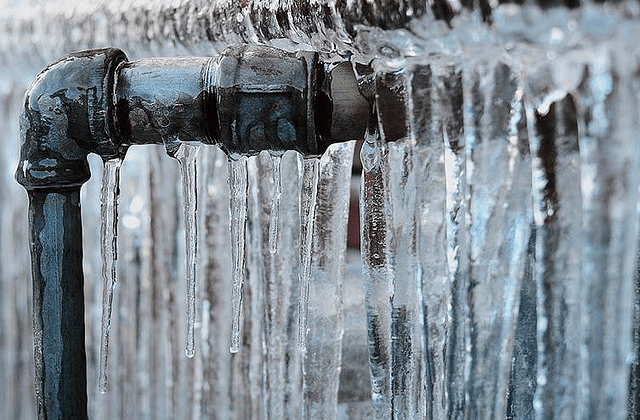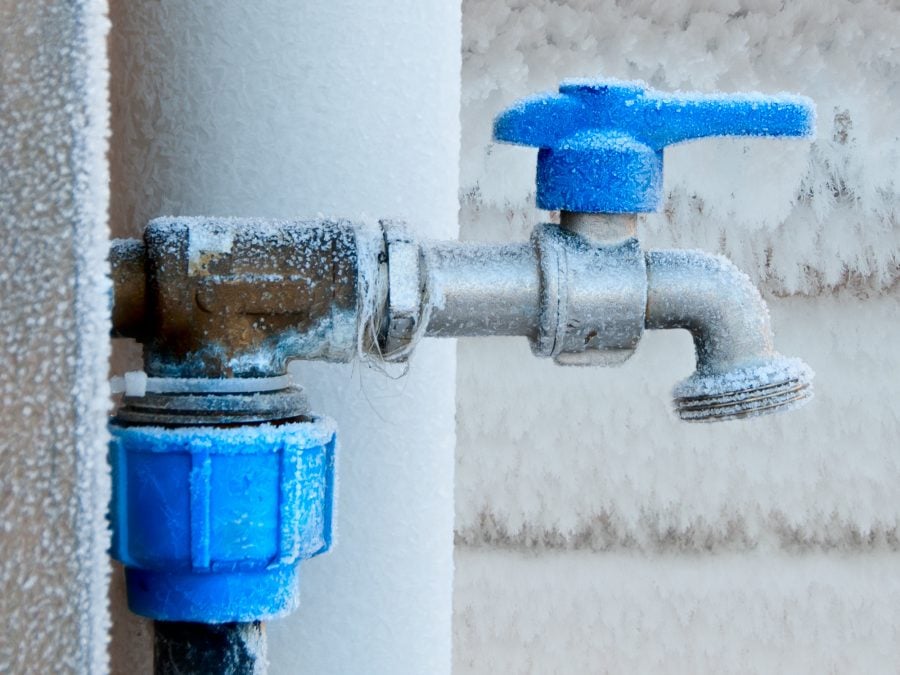Were you trying to locate selective information concerning Winter Plumbing Precautions: Preventing Frozen Pipes?

Cold weather can damage your plumbing, particularly by freezing pipes. Here's how to stop it from taking place and what to do if it does.
Intro
As temperature levels decline, the danger of frozen pipes rises, possibly resulting in costly repairs and water damages. Comprehending how to stop icy pipes is crucial for home owners in chilly environments.
Prevention Tips
Protecting vulnerable pipelines
Cover pipes in insulation sleeves or make use of heat tape to safeguard them from freezing temperatures. Focus on pipelines in unheated or external areas of the home.
Heating methods
Maintain interior areas properly heated up, specifically areas with plumbing. Open cabinet doors to permit warm air to circulate around pipelines under sinks.
Exactly how to recognize icy pipelines
Look for decreased water flow from faucets, uncommon smells or noises from pipes, and visible frost on revealed pipelines.
Long-Term Solutions
Architectural adjustments
Consider rerouting pipes far from exterior walls or unheated locations. Include additional insulation to attics, cellars, and crawl spaces.
Updating insulation
Invest in top quality insulation for pipelines, attic rooms, and walls. Appropriate insulation aids maintain regular temperatures and lowers the threat of frozen pipelines.
Safeguarding Exterior Pipes
Garden pipes and outdoor faucets
Separate and drain garden hose pipes prior to winter. Set up frost-proof faucets or cover outdoor taps with protected caps.
Recognizing Frozen Pipes
What triggers pipelines to ice up?
Pipelines freeze when subjected to temperature levels below 32 ° F (0 ° C) for prolonged periods. As water inside the pipes freezes, it expands, taxing the pipeline wall surfaces and possibly creating them to burst.
Risks and damages
Frozen pipes can cause supply of water interruptions, residential or commercial property damage, and expensive repair work. Burst pipes can flood homes and cause extensive structural damage.
Indicators of Frozen Water Lines
Identifying icy pipes early can stop them from bursting.
What to Do If Your Pipelines Freeze
Immediate actions to take
If you believe frozen pipes, maintain taps available to soothe stress as the ice thaws. Use a hairdryer or towels soaked in warm water to thaw pipelines slowly.
Verdict
Protecting against frozen pipelines calls for aggressive steps and fast reactions. By comprehending the causes, indicators, and safety nets, home owners can secure their pipes during cold weather.
5 Ways to Prevent Frozen Pipes
Drain Outdoor Faucets and Disconnect Hoses
First, close the shut-off valve that controls the flow of water in the pipe to your outdoor faucet. Then, head outside to disconnect and drain your hose and open the outdoor faucet to allow the water to completely drain out of the line. Turn off the faucet when done. Finally, head back to the shut-off valve and drain the remaining water inside the pipe into a bucket or container. Additionally, if you have a home irrigation system, you should consider hiring an expert to clear the system of water each year.
Insulate Pipes
One of the best and most cost-effective methods for preventing frozen water pipes is to wrap your pipes with insulation. This is especially important for areas in your home that aren’t exposed to heat, such as an attic. We suggest using foam sleeves, which can typically be found at your local hardware store.
Keep Heat Running at 65
Your pipes are located inside your walls, and the temperature there is much colder than the rest of the house. To prevent your pipes from freezing, The Insurance Information Institute suggests that you keep your home heated to at least 65 degrees, even when traveling. You may want to invest in smart devices that can keep an eye on the temperature in your home while you’re away.
Leave Water Dripping
Moving water — even a small trickle — can prevent ice from forming inside your pipes. When freezing temps are imminent, start a drip of water from all faucets that serve exposed pipes. Leaving a few faucets running will also help relieve pressure inside the pipes and help prevent a rupture if the water inside freezes.
Open Cupboard Doors
Warm your kitchen and bathroom pipes by opening cupboards and vanities. You should also leave your interior doors ajar to help warm air circulate evenly throughout your home.

As an avid reader on Winter Plumbing Precautions: Preventing Frozen Pipes, I imagined sharing that blog post was really helpful. Kindly take the time to promote this blog post if you appreciated it. Thank you for your time. Don't forget to check up our blog back soon.
Call Today
 Yasmine Bleeth Then & Now!
Yasmine Bleeth Then & Now! Christina Ricci Then & Now!
Christina Ricci Then & Now! Loni Anderson Then & Now!
Loni Anderson Then & Now! Richard Thomas Then & Now!
Richard Thomas Then & Now! Meadow Walker Then & Now!
Meadow Walker Then & Now!